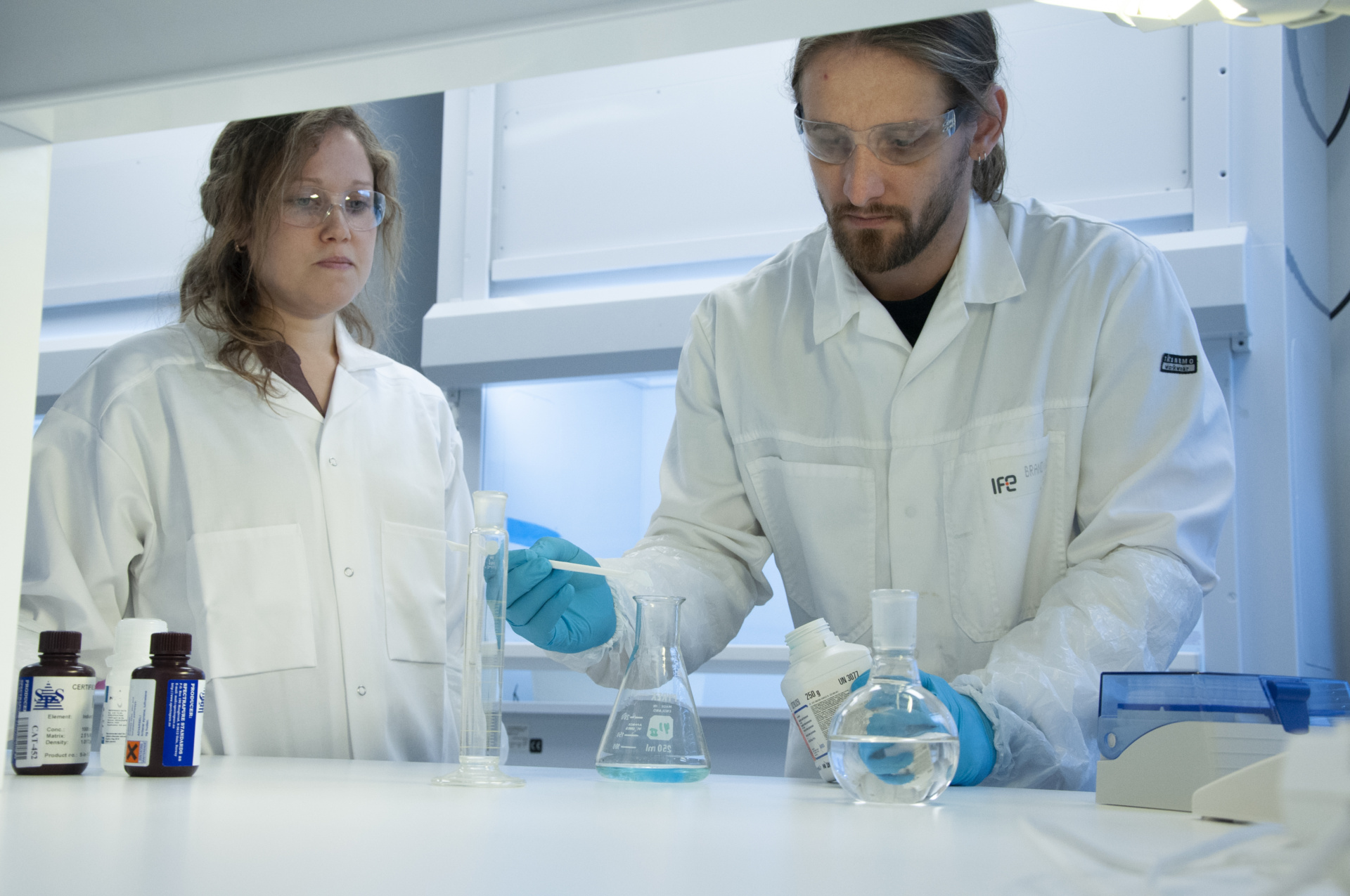Biota and Ecological analysis services
Trophic level determination of biota
The trophic level of an organism is the position it occupies in a food chain. For each step up in the food chain the stable isotope ratios tend to shift towards an increase in relative abundance of the heavy isotopes due to metabolic fractionation. For example, the heavy stable isotope of nitrogen, 15N, is progressively enriched in predators relative to their prey, with a higher enrichment in higher-level predators. IFE has the capability to analyze the isotope ratios in light stable elements in biota (commonly carbon and nitrogen) to assist on determination of trophic levels. Biota routinely analyzed includes everything from plankton via krill, fish and up to top predators as polar bear and seagull. We are able to handle most type of tissue: blood, tissue, liver, muscle etc.
Migration studies of biota
Stable isotopes of the light elements are increasingly being employed in terrestrial animal, bird and fish migration studies. Isotopes are powerful forensic recorders of dietary sources that can be spatially interpolated or linked to large-scale patterns in the landscape and hydrosphere. The Institute for Energy Technology has the capability to analyze 2H/1H, 34S/32S, 13C/12C, and 15N/14N stable isotope ratios (δ2H, δ34S, δ13C, δ15N) together with Sr and Pb isotopes to help researchers better understand the migration patterns of fish, birds and mammals.
Nutrient uptake studies with enriched stable isotopes feed
By enriching the diet of an animal of interest with carbon-13 (13C), deuterium (2H) or nitrogen-15 (15N) labelled food one can reveal the efficiency of the uptake of nutrients. Analyzing biopsies of liver, muscle, or fat tissue, as well as sampling blood, urine and fecal matter can be used to determine uptake of nutrients to the different organs and body systems. The more the stable isotope ratio of the sample reflects the isotope ratio in the enriched feedstock, the more efficient the uptake of the nutrients in question. Feed studies over time can also be used to reveal the metabolic rate of the species in question. The Institute for Energy Technology has the capability to analyze 2H/1H, 34S/32S, 13C/12C, and 15N/14N stable isotope ratios (δ2H, δ34S, δ13C, δ15N) in enriched feed and in biota at all enrichment levels.
Microplastics in biota
Microplastics are small, barely visible, pieces of plastic that enter and pollute the environment. Microplastic is less than five millimeters in diameter, and can enter natural ecosystems from a variety of sources (cosmetics, clothing, industrial processes, etc.) As most plastic is produced from oil, it is possible using 13C/12C and 2H/1H stable isotope ratios to reveal its synthetic origin or how long organisms have metabolized the plastics and thereby estimate the age or ecological impact of the plastics.

